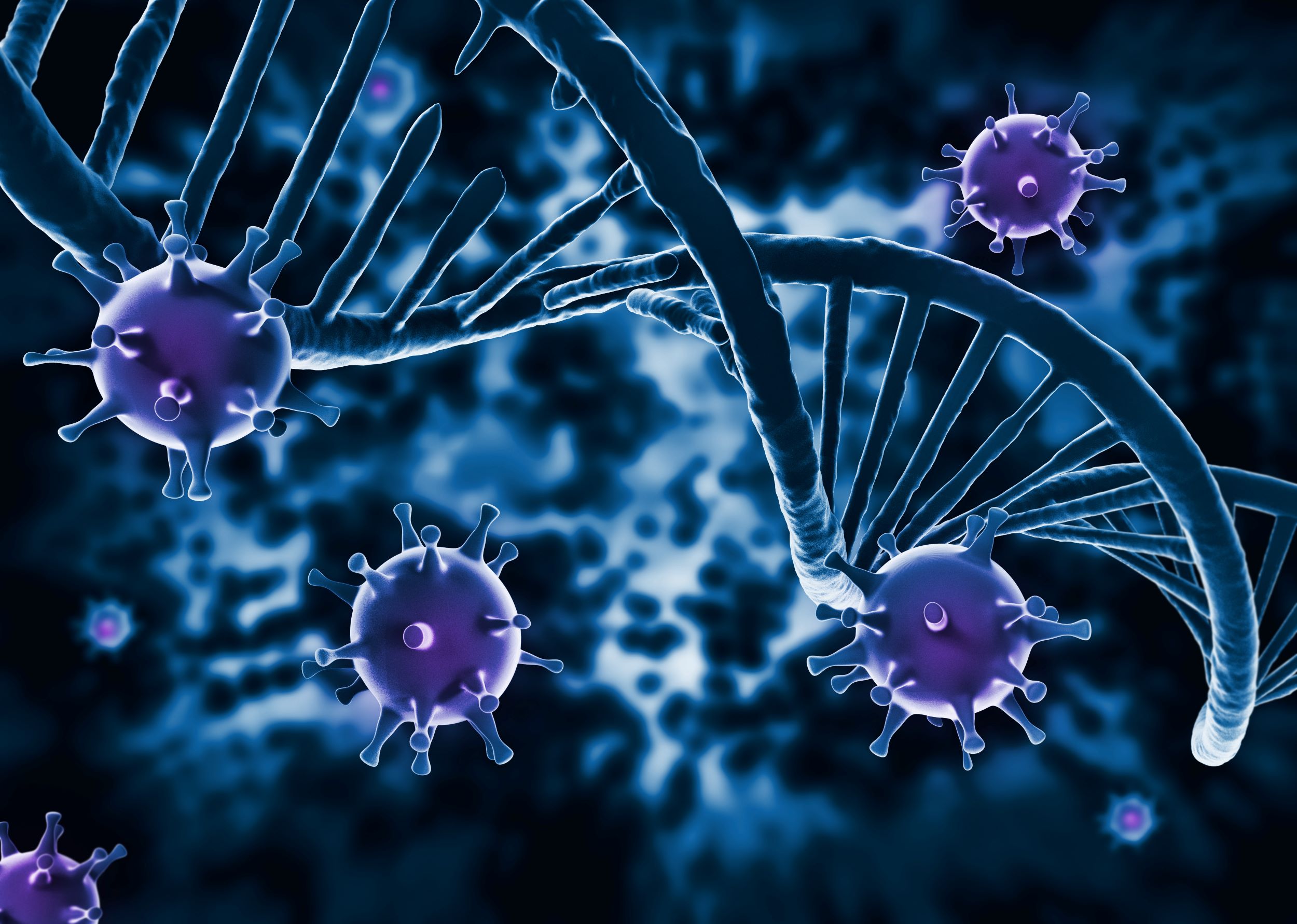These systems are designed to deliver therapeutic agents specifically to the site of action, with the aim of improving the effectiveness and safety of the treatment. Packaging toxic anticancer drugs into liposomal systems also reduces the toxicity associated with the free drug and increased payload delivery to the tumor site.
We have a dedicated team of scientists and engineers who are experts in the design, synthesis, and optimization of targeted drug delivery systems. We use a variety of approaches, including nanoparticles, liposomes, and other nanocarriers, to enable the targeted delivery of small molecule drugs, biologics, and nucleic acid therapies.
Our targeted drug delivery systems are designed to overcome the challenges of traditional drug delivery, such as poor bioavailability, low stability, and off-target toxicity. We have a strong track record of success in the development of targeted drug delivery systems for a range of indications, including cancer, inflammation, and infectious diseases.
We are committed to advancing the field of targeted drug delivery and to developing innovative solutions that improve the effectiveness and safety of treatments for patients.
What is targeted drug delivery?
A drug delivery system is a method or device used to deliver a therapeutic agent to the site of action in the body. The goal of a drug delivery system is to enhance the effectiveness and safety of the treatment by improving the pharmacokinetics (i.e., the way the drug is absorbed, distributed, metabolized, and eliminated) and pharmacodynamics (i.e., the biological effects of the drug) of the drug.
There are many different types of drug delivery systems, including oral, parenteral (e.g., injectable), topical, inhalation, and implantable. Each type of drug delivery system has its own advantages and limitations, and the most appropriate delivery system depends on the properties of the drug and the desired therapeutic effect.
Some examples of drug delivery systems include:
- Injections: These are parenteral formulations that are administered by injection, either intravenous (IV), intramuscular (IM), or subcutaneous (SC).
- Patches: These are topical formulations that are applied to the skin and deliver the drug through the skin and into the bloodstream.
- Inhalers: These are formulations that are inhaled through the mouth or nose and delivered to the lungs.
- Implants: These are drug delivery systems that are implanted in the body, either subcutaneously or in a specific organ, and release the drug slowly over a prolonged period of time.
Overall, drug delivery systems play a crucial role in the effectiveness and safety of therapeutic agents, and their development is a key area of research and innovation in the pharmaceutical industry.

